August Machine Learning and Artificial Intelligence News Digest
Hello reader! Having filtered out a large number of sources and subscriptions for you, I collected all the most significant news from the world of machine learning and artificial intelligence for August. Do not forget to share with colleagues, or simply with those who are interested in such news.
For those who have not read the July digest, you can read it here .
So, now the digest for August:
1. The Russian humanoid robot makes its way to the ISS . The Russian spacecraft Soyuz docked with the ISS. In the captain’s chair of the capsule designed to carry passengers, sat the Skybot F-850, a humanoid robot created by the Russian space agency Roscosmos.
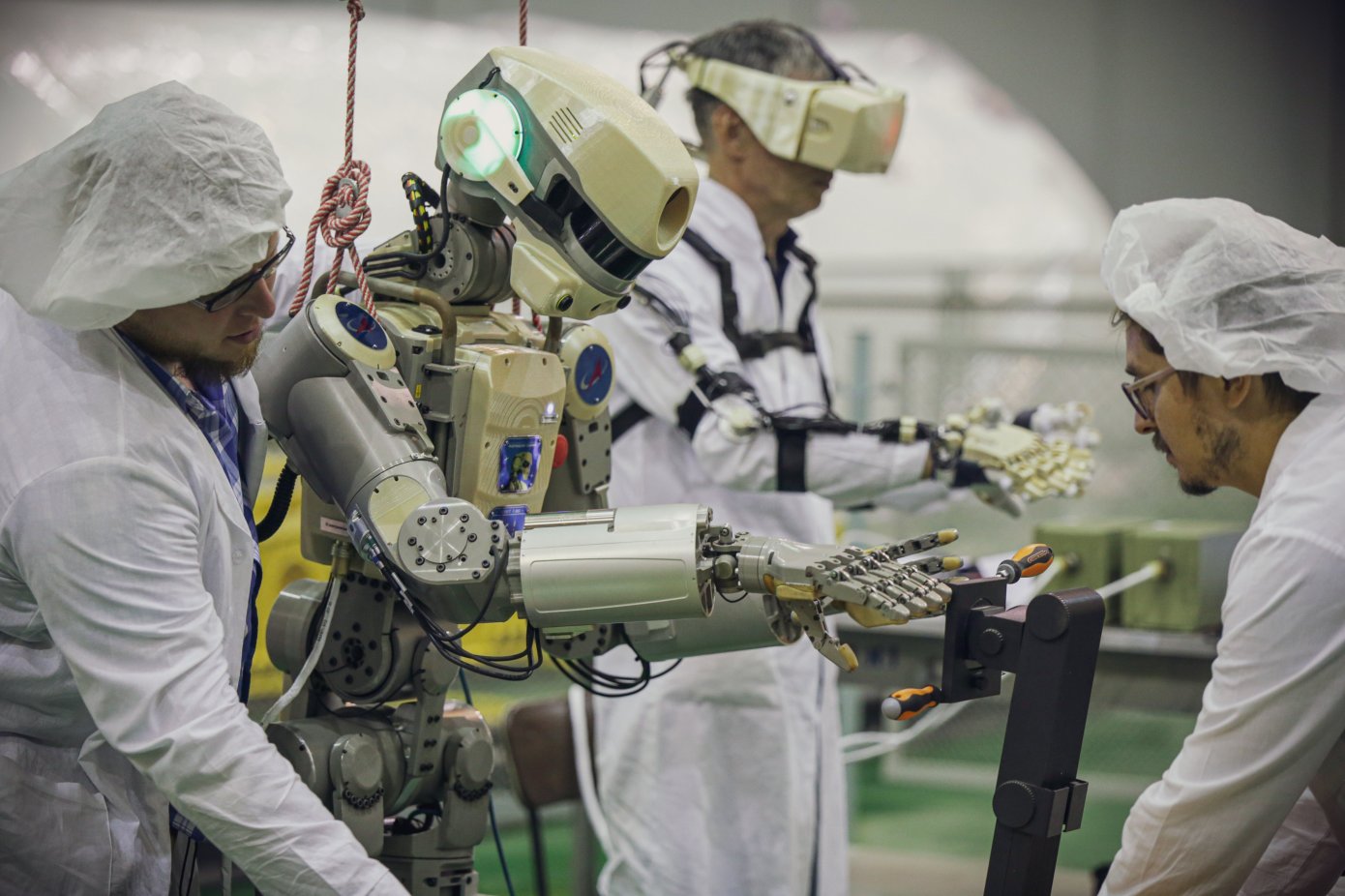
2. AI helps astronomers explore space for inhabited planets. It is difficult to observe the exoplanet because its light is "millions or billions of times fainter than the star around which it rotates."

3. The mathematical model reveals the secrets of vision . Mathematicians and neuroscientists created the first anatomically accurate model that explains how vision is possible.
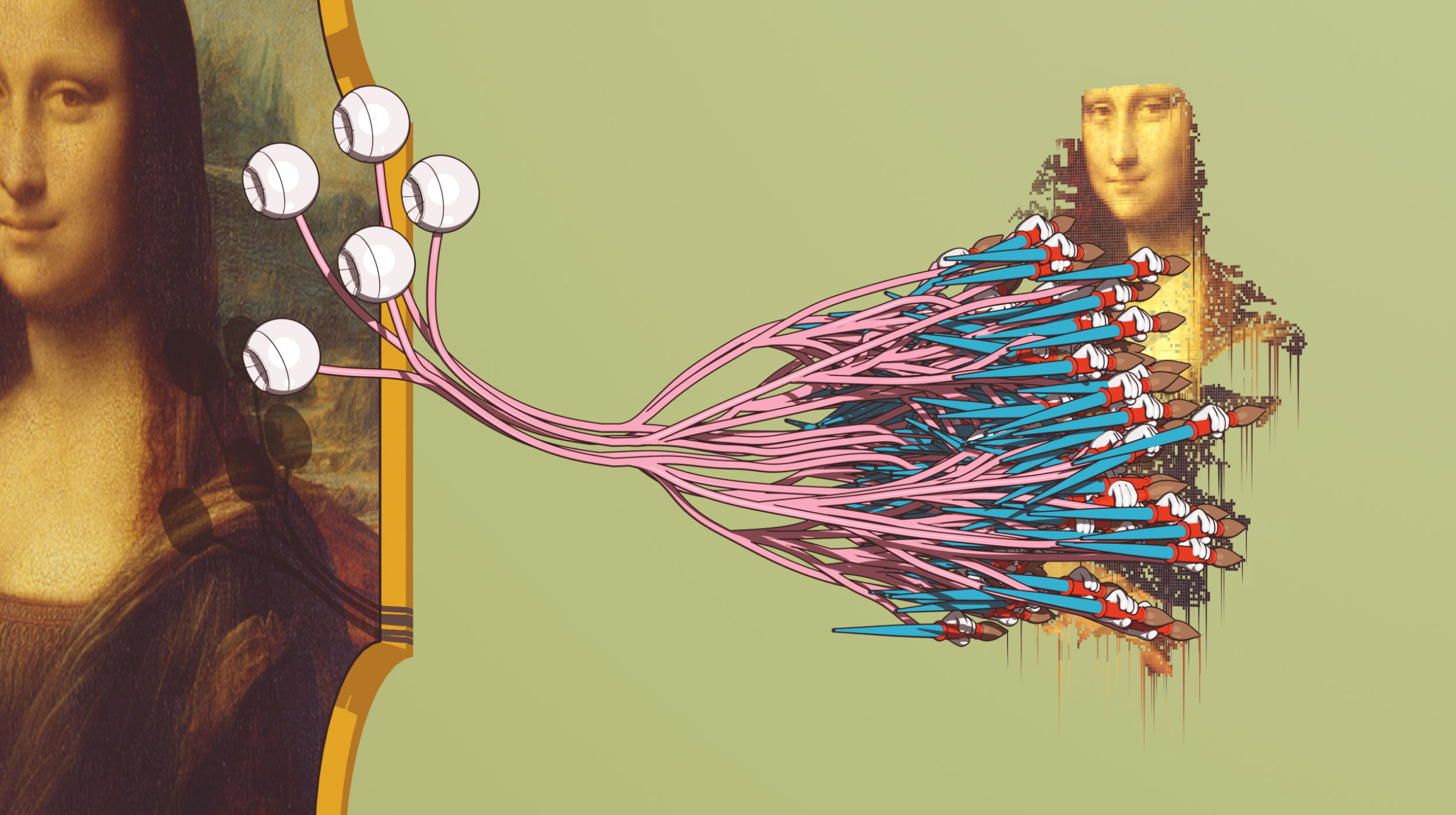
4. How AI helps look after an aging population. Startup TeiaCare is the first digital assistant to support professional trustees.

5. Cancers also like sweets. Excessive consumption of sweets may be one of the factors in the development of obesity, but it is not yet clear whether sweets can directly stimulate cancer without developing obesity. It seems that it can : experiments on genetically modified mice showed that sweet syrup, analogues of which are used in the food industry as sweeteners, activates the growth of intestinal cancers even in the absence of signs of obesity.

6. The neural network recognizes plant diseases by image. Cassava is the second most popular source of carbohydrates in Africa. Researchers held a competition to help local farmers grow and care for this plant.

7. MIT is developing a sensor that can operate underwater without a battery and send data. Researchers at the Massachusetts Institute of Technology have created a new underwater sensor and communication system that does not require batteries and uses virtually no energy. This can help in creating an underwater Internet of things, which would allow real-time monitoring of sea temperature and marine life, without requiring regular equipment and electricity shifts for its operation.
8. The Cray supercomputer for $ 600 million, ahead of other supercomputers, will create improved nuclear weapons . El Capitan will be the third “superior” computer built by Cray for the US government, the other two will be Aurora for the Argonne National Laboratory and Frontier for Oak Ridge.

9. Nike will acquire an AI-based startup that predicts consumer desires.

10. Neural networks provide the speed of analysis and scanning of the brain. Radiologists around the world are exploring the possibility of using artificial intelligence tools to distribute their heavy workloads and increase the consistency, speed and accuracy of brain scan analysis.
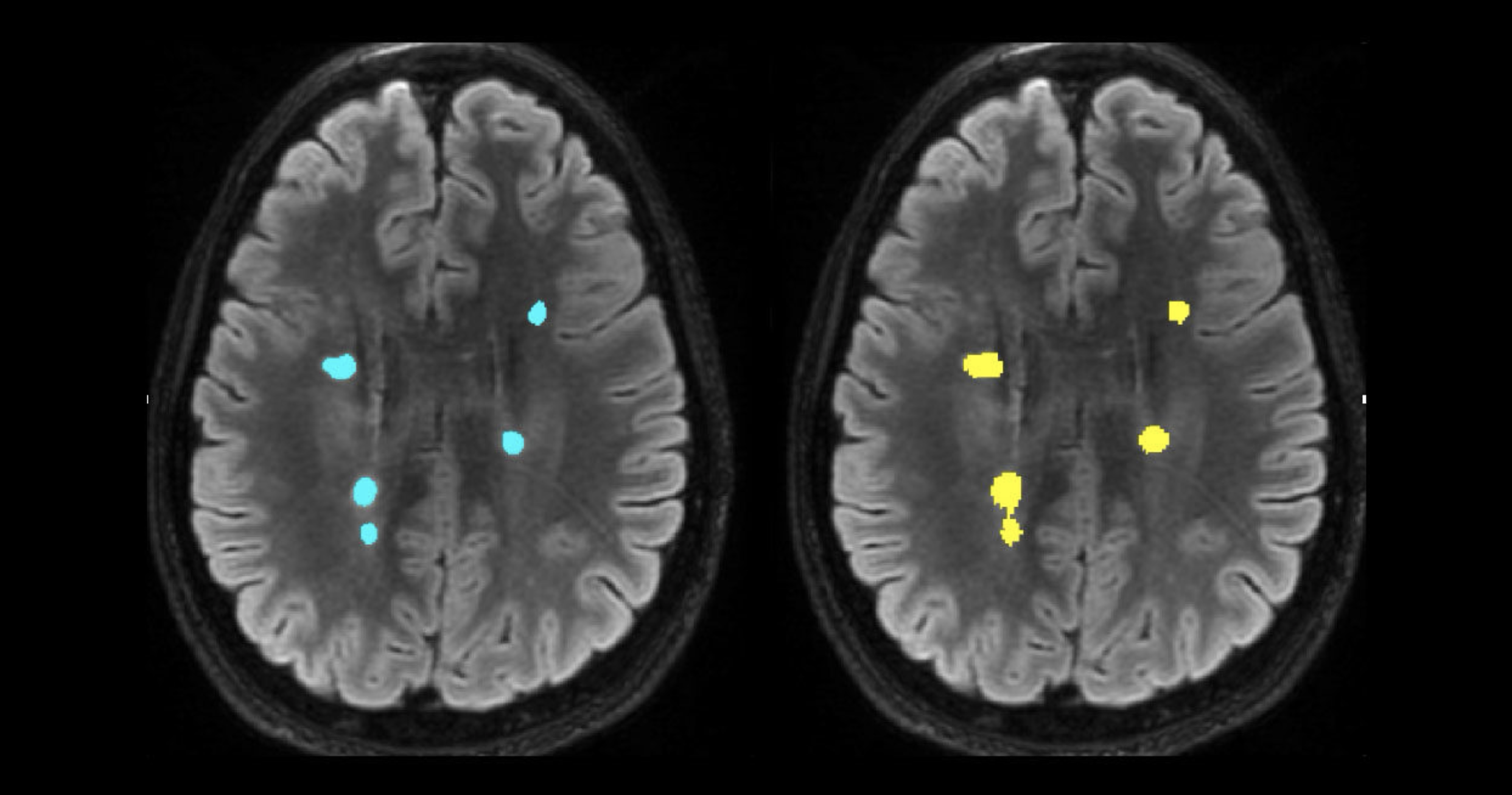
11. The use of AI to detect cancer of the colon and stomach . In order to reduce the number of missed precancerous lesions, one Japanese endoscopist turns to AI.
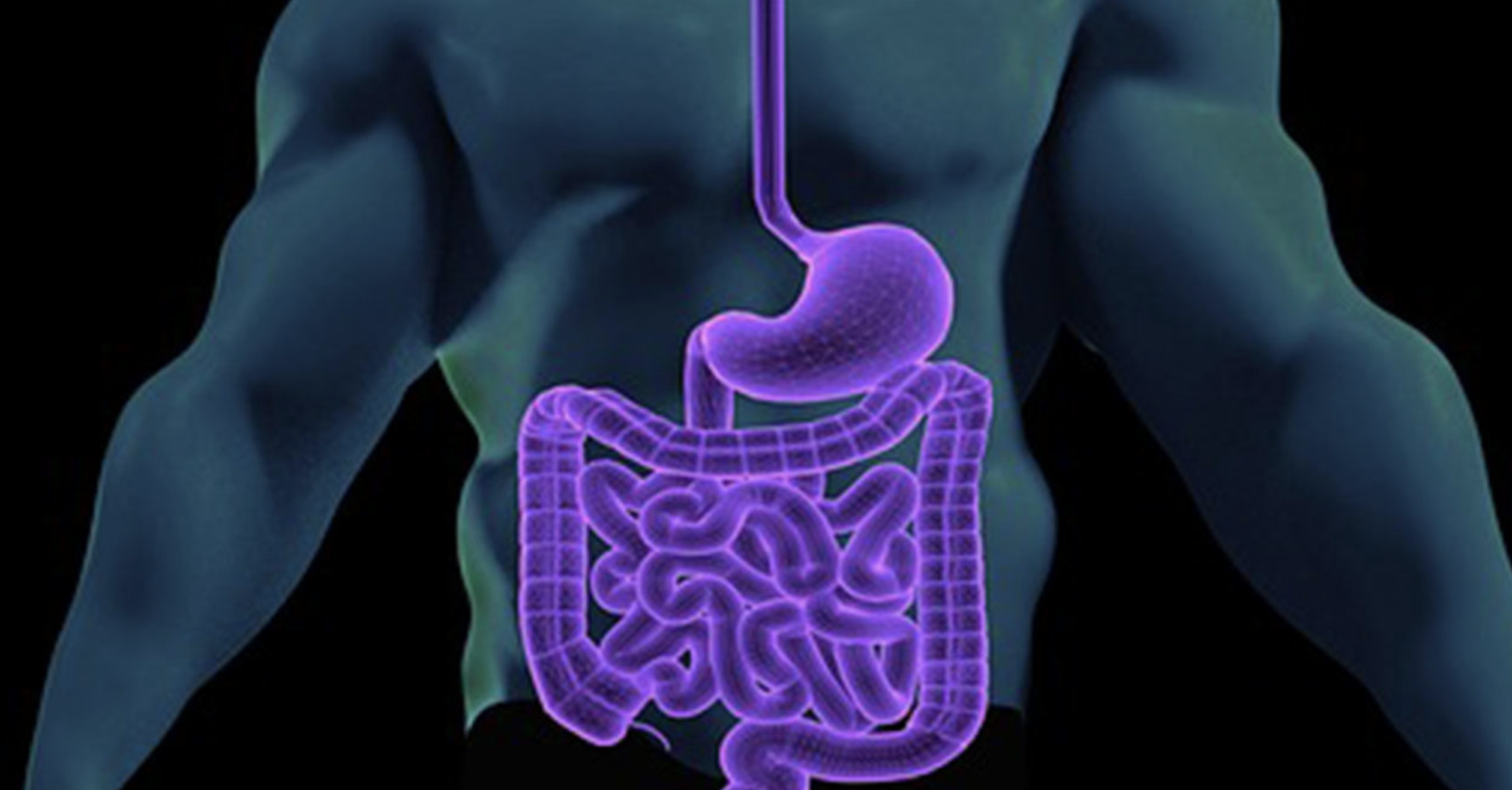
12. Logistic loss function with two metaparameters for training neural networks with noisy data. The quality of the models created using machine learning algorithms directly depends on the quality of the training data, but real-world data sets usually contain some noise, which creates problems for ML models.
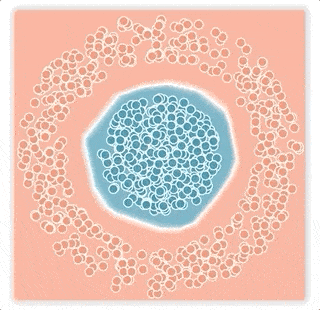
13. The neural network fills in the missing fragments in the video. The researchers used optical flow prediction to fill in missing fragments in the video. The method has been tested on DAVIS and YouTubeVOS. The model received state-of-the-art results in terms of learning speed and quality of predictions.

14. The National Health Service of Great Britain launches an artificial intelligence laboratory .
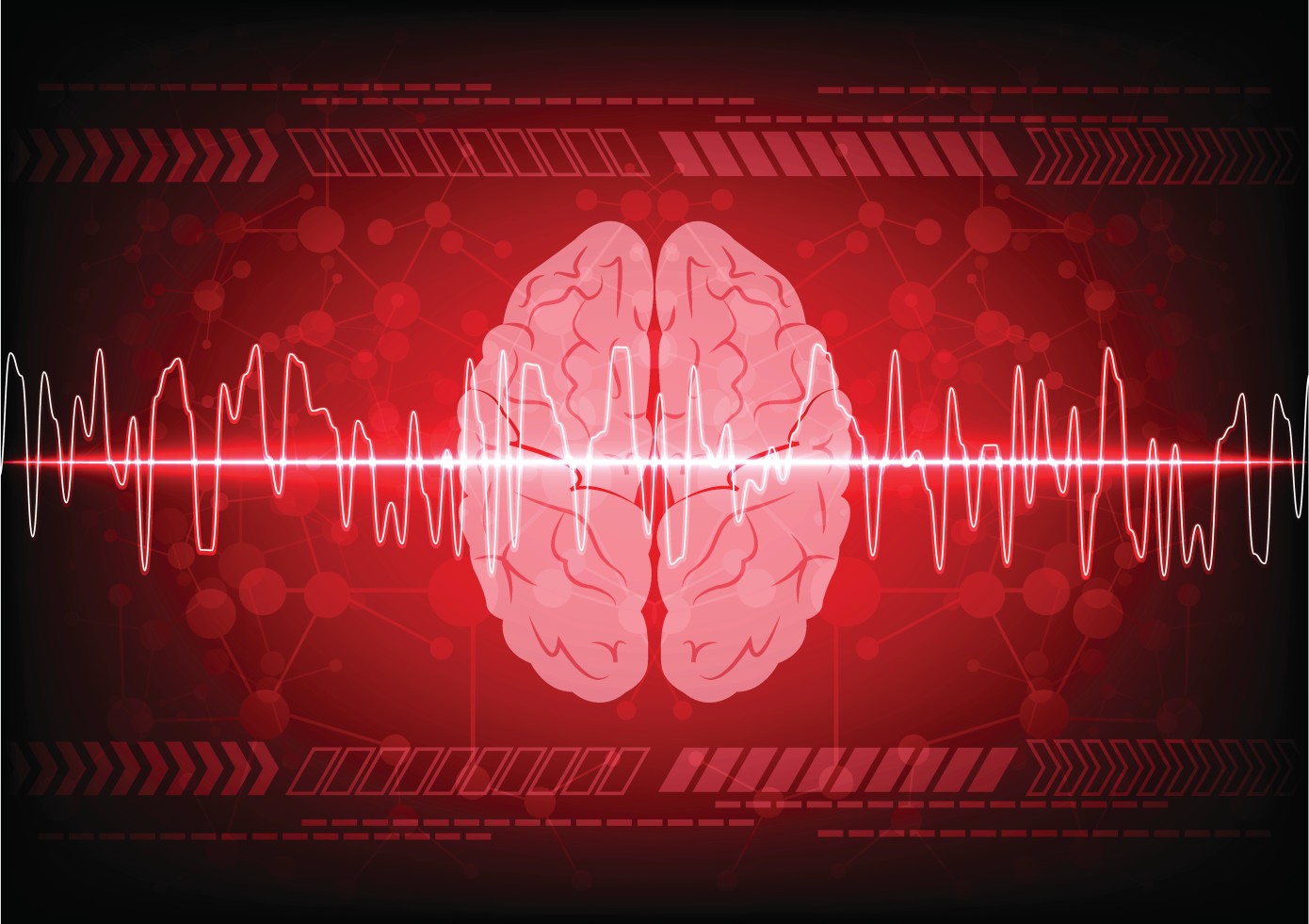
15. How AI helps protect endangered Taiwanese leopard cats. Less than 500 leopard cats live in a natural habitat that intersects with many development projects in the central areas of the island. In rural areas, cats often become victims of road kill due to increased traffic. To preserve leopard cat populations, the Taiwan government, animal welfare organizations, researchers and artificial labor experts have worked together to conserve the species.

16. The study of weight-insensitive neural networks .
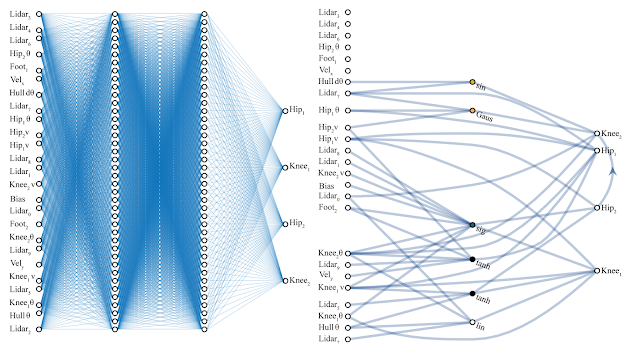
17. AI-driven robotic platform automates the production of molecules .
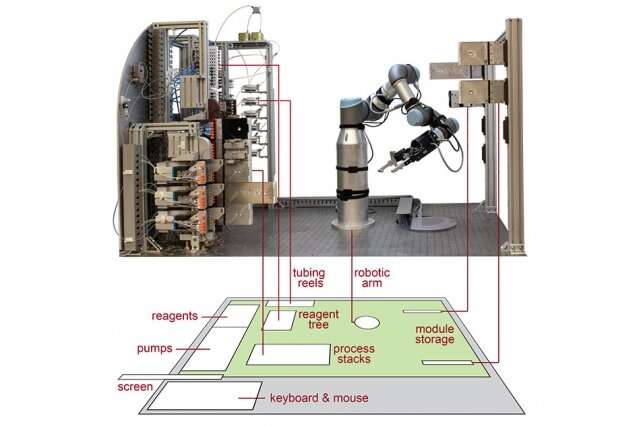
18. Simultaneous speech recognition and diarization of speakers using serial transmission . The ability to recognize the words “who said what” or the diarization of speakers is a critical step for understanding the sound of dialogue between people using automated tools.
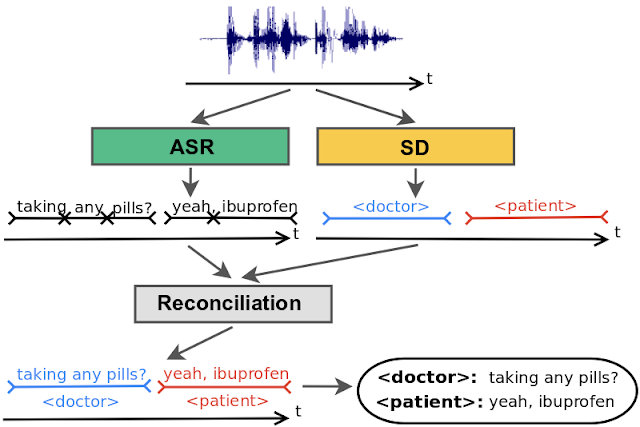
19. Moviescope: large-scale analysis of films using several modalities. A team of researchers from the University of Virginia recently conducted a large-scale analysis aimed at identifying features in the commercials that best predict the genre of the film and the estimated budget. In their study, set out in an article previously published on arXiv, researchers specifically compared the effectiveness of visual, audio, text, and metadata functions.

20. Turbo - An improved palette of colors of the rainbow for visualization . Coloring images helps the human visual system to discern details, evaluate quantitative values, and define data patterns in a more intuitive way.
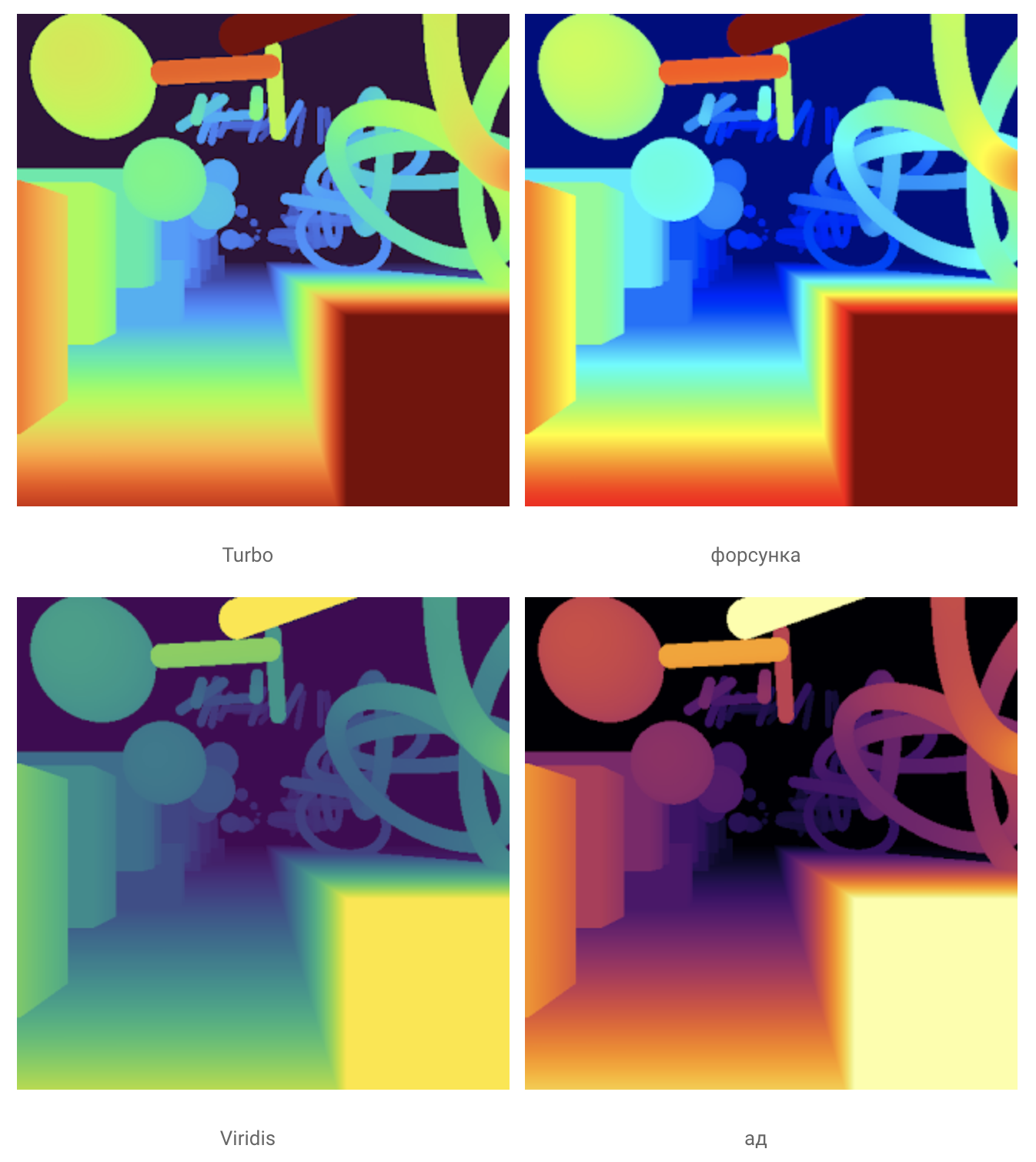
21. The brain inspires a new type of artificial intelligence. Machine learning, introduced 70 years ago, is based on evidence of the dynamics of learning in the brain. Using the speed of modern computers and large data sets, deep learning algorithms have recently yielded results comparable to the results of human experts in various applicable fields, but with different characteristics that are far from modern knowledge in the field of neurobiology.

22. Real-time hand tracking with MediaPipe. The ability to perceive the shape and movement of the hands can be a vital component to improve user interaction in various technological areas and platforms.
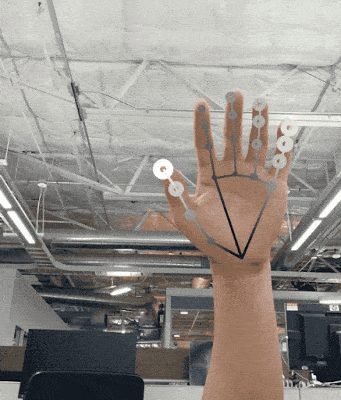
23. Personalized Speech Recognition Project Euphonia for custom speech. The usefulness of technology depends on its availability. One of the key components of accessibility is automatic speech recognition (ASR), which can significantly improve the ability of people with speech impairments to interact with everyday smart devices.
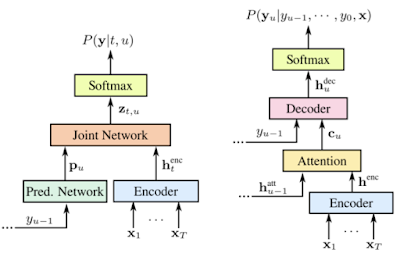
24. Deep learning allows scientists to identify cancer cells in the blood in milliseconds. Researchers from UCLA and NantWorks have developed an artificial intelligence-based device that detects cancer cells in a few milliseconds - hundreds of times faster than previous methods.
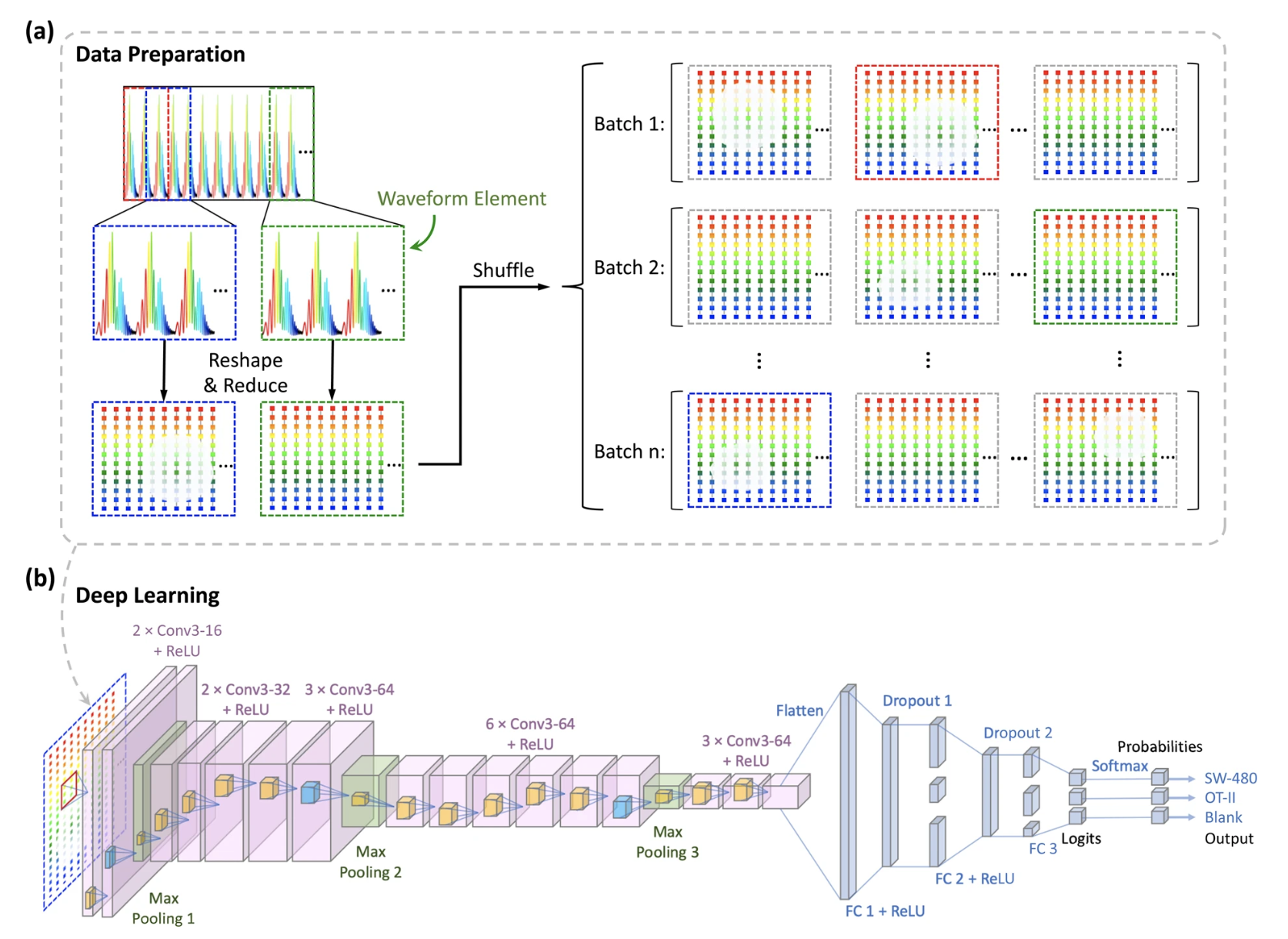
25. Understanding video through training on temporal consistency of cycles. Significant progress has been made over the past few years in understanding video. However, there are many scenarios where we need more than one shortcut for the entire clip.
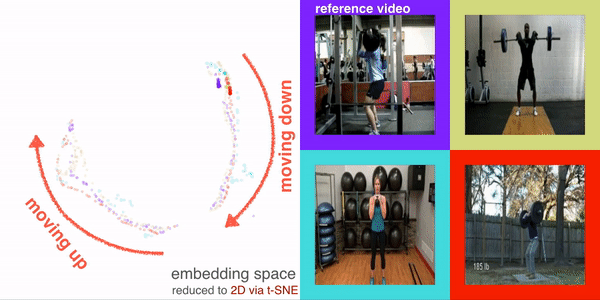
26. Google shows years of “messy” hacking iPhone . Google security experts have discovered a “messy” hacking operation that targeted iPhones for at least two years and used websites to inject malware to access photos, user locations, and other data.

27. Researchers are developing the best way to use the power of solar panels. Researchers from the University of Waterloo have developed a way to better use the amount of energy collected by solar panels.

28. Interactive, automated three-dimensional reconstruction of the brain of a fly . The goal of a connection science study is to map a brain's electrical circuitry to understand how the nervous system works.
29. Fossil DNA opens up new twists and turns in modern human origin. Modern people and older hominins crossed many times across Eurasia and Africa, and the genetic flow went both ways.

On this our short digest came to an end. Draw conclusions and work productively. Do not forget to share the article with colleagues. Not to skip articles and news digests, you will be helped by subscribing to my Telegram channel Neuron (@neurondata), as well as subscribing to my account on Habré, do not miss the following digests.
All knowledge!
For those who have not read the July digest, you can read it here .
So, now the digest for August:
1. The Russian humanoid robot makes its way to the ISS . The Russian spacecraft Soyuz docked with the ISS. In the captain’s chair of the capsule designed to carry passengers, sat the Skybot F-850, a humanoid robot created by the Russian space agency Roscosmos.

2. AI helps astronomers explore space for inhabited planets. It is difficult to observe the exoplanet because its light is "millions or billions of times fainter than the star around which it rotates."

3. The mathematical model reveals the secrets of vision . Mathematicians and neuroscientists created the first anatomically accurate model that explains how vision is possible.

4. How AI helps look after an aging population. Startup TeiaCare is the first digital assistant to support professional trustees.

5. Cancers also like sweets. Excessive consumption of sweets may be one of the factors in the development of obesity, but it is not yet clear whether sweets can directly stimulate cancer without developing obesity. It seems that it can : experiments on genetically modified mice showed that sweet syrup, analogues of which are used in the food industry as sweeteners, activates the growth of intestinal cancers even in the absence of signs of obesity.

6. The neural network recognizes plant diseases by image. Cassava is the second most popular source of carbohydrates in Africa. Researchers held a competition to help local farmers grow and care for this plant.

7. MIT is developing a sensor that can operate underwater without a battery and send data. Researchers at the Massachusetts Institute of Technology have created a new underwater sensor and communication system that does not require batteries and uses virtually no energy. This can help in creating an underwater Internet of things, which would allow real-time monitoring of sea temperature and marine life, without requiring regular equipment and electricity shifts for its operation.
8. The Cray supercomputer for $ 600 million, ahead of other supercomputers, will create improved nuclear weapons . El Capitan will be the third “superior” computer built by Cray for the US government, the other two will be Aurora for the Argonne National Laboratory and Frontier for Oak Ridge.

9. Nike will acquire an AI-based startup that predicts consumer desires.

10. Neural networks provide the speed of analysis and scanning of the brain. Radiologists around the world are exploring the possibility of using artificial intelligence tools to distribute their heavy workloads and increase the consistency, speed and accuracy of brain scan analysis.

11. The use of AI to detect cancer of the colon and stomach . In order to reduce the number of missed precancerous lesions, one Japanese endoscopist turns to AI.

12. Logistic loss function with two metaparameters for training neural networks with noisy data. The quality of the models created using machine learning algorithms directly depends on the quality of the training data, but real-world data sets usually contain some noise, which creates problems for ML models.

13. The neural network fills in the missing fragments in the video. The researchers used optical flow prediction to fill in missing fragments in the video. The method has been tested on DAVIS and YouTubeVOS. The model received state-of-the-art results in terms of learning speed and quality of predictions.

14. The National Health Service of Great Britain launches an artificial intelligence laboratory .

15. How AI helps protect endangered Taiwanese leopard cats. Less than 500 leopard cats live in a natural habitat that intersects with many development projects in the central areas of the island. In rural areas, cats often become victims of road kill due to increased traffic. To preserve leopard cat populations, the Taiwan government, animal welfare organizations, researchers and artificial labor experts have worked together to conserve the species.

16. The study of weight-insensitive neural networks .

17. AI-driven robotic platform automates the production of molecules .

18. Simultaneous speech recognition and diarization of speakers using serial transmission . The ability to recognize the words “who said what” or the diarization of speakers is a critical step for understanding the sound of dialogue between people using automated tools.

19. Moviescope: large-scale analysis of films using several modalities. A team of researchers from the University of Virginia recently conducted a large-scale analysis aimed at identifying features in the commercials that best predict the genre of the film and the estimated budget. In their study, set out in an article previously published on arXiv, researchers specifically compared the effectiveness of visual, audio, text, and metadata functions.

20. Turbo - An improved palette of colors of the rainbow for visualization . Coloring images helps the human visual system to discern details, evaluate quantitative values, and define data patterns in a more intuitive way.

21. The brain inspires a new type of artificial intelligence. Machine learning, introduced 70 years ago, is based on evidence of the dynamics of learning in the brain. Using the speed of modern computers and large data sets, deep learning algorithms have recently yielded results comparable to the results of human experts in various applicable fields, but with different characteristics that are far from modern knowledge in the field of neurobiology.

22. Real-time hand tracking with MediaPipe. The ability to perceive the shape and movement of the hands can be a vital component to improve user interaction in various technological areas and platforms.

23. Personalized Speech Recognition Project Euphonia for custom speech. The usefulness of technology depends on its availability. One of the key components of accessibility is automatic speech recognition (ASR), which can significantly improve the ability of people with speech impairments to interact with everyday smart devices.

24. Deep learning allows scientists to identify cancer cells in the blood in milliseconds. Researchers from UCLA and NantWorks have developed an artificial intelligence-based device that detects cancer cells in a few milliseconds - hundreds of times faster than previous methods.

25. Understanding video through training on temporal consistency of cycles. Significant progress has been made over the past few years in understanding video. However, there are many scenarios where we need more than one shortcut for the entire clip.

26. Google shows years of “messy” hacking iPhone . Google security experts have discovered a “messy” hacking operation that targeted iPhones for at least two years and used websites to inject malware to access photos, user locations, and other data.

27. Researchers are developing the best way to use the power of solar panels. Researchers from the University of Waterloo have developed a way to better use the amount of energy collected by solar panels.

28. Interactive, automated three-dimensional reconstruction of the brain of a fly . The goal of a connection science study is to map a brain's electrical circuitry to understand how the nervous system works.
Bonus
29. Fossil DNA opens up new twists and turns in modern human origin. Modern people and older hominins crossed many times across Eurasia and Africa, and the genetic flow went both ways.

On this our short digest came to an end. Draw conclusions and work productively. Do not forget to share the article with colleagues. Not to skip articles and news digests, you will be helped by subscribing to my Telegram channel Neuron (@neurondata), as well as subscribing to my account on Habré, do not miss the following digests.
All knowledge!
All Articles